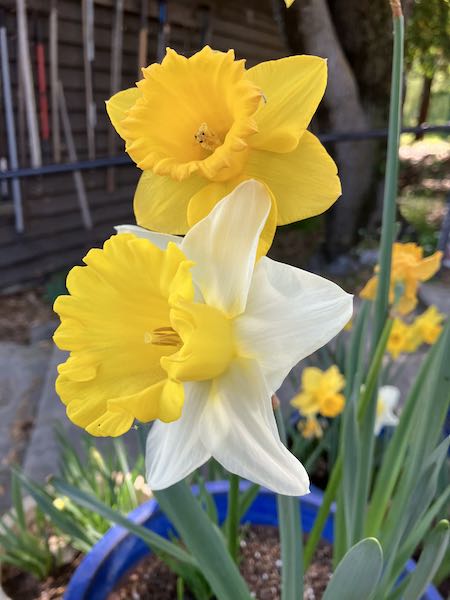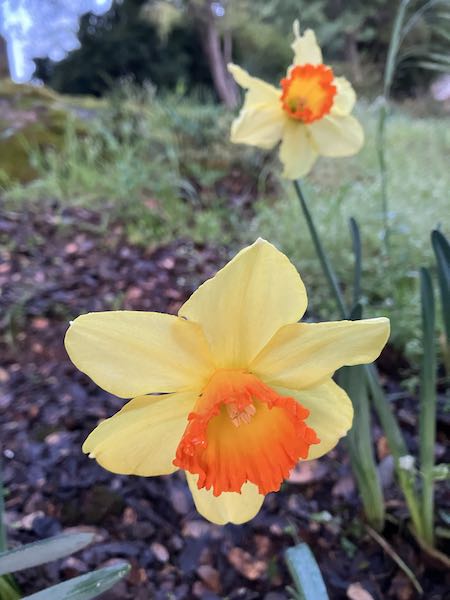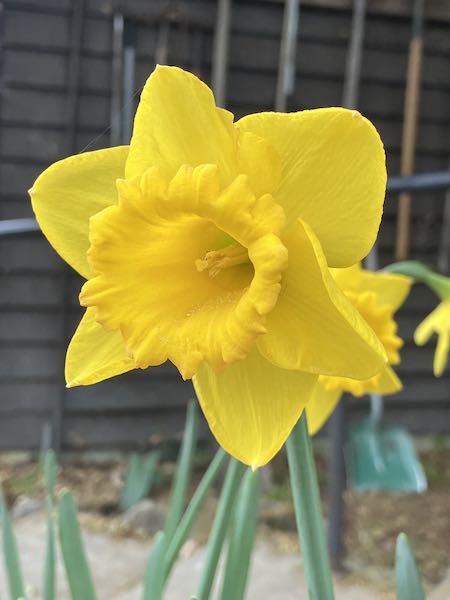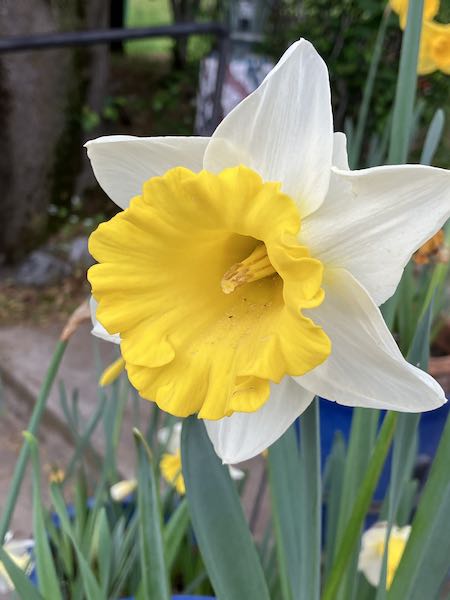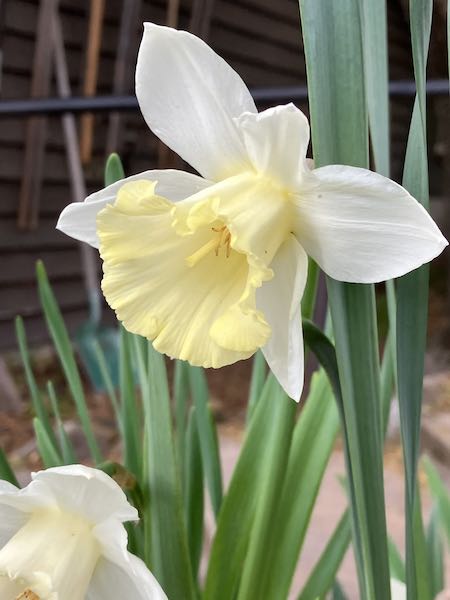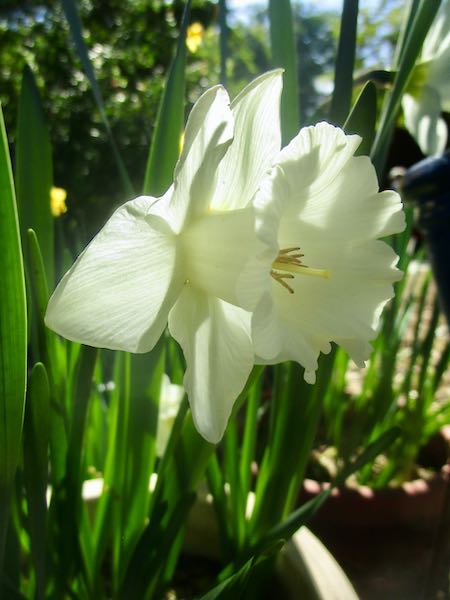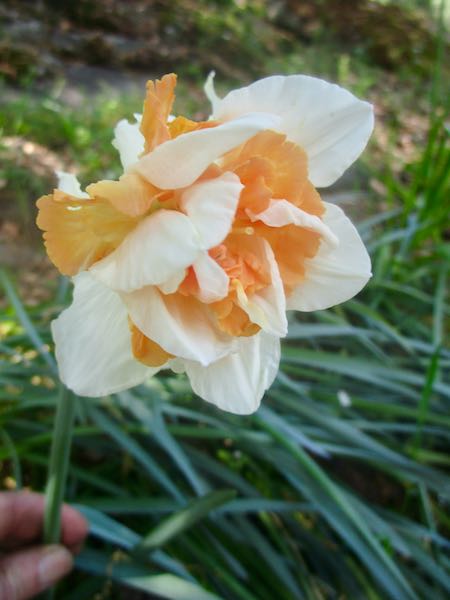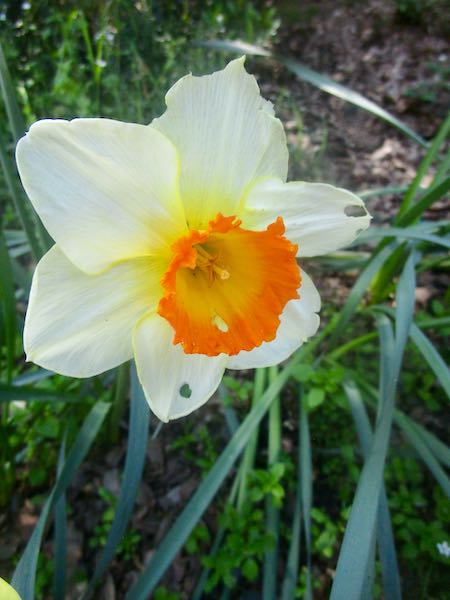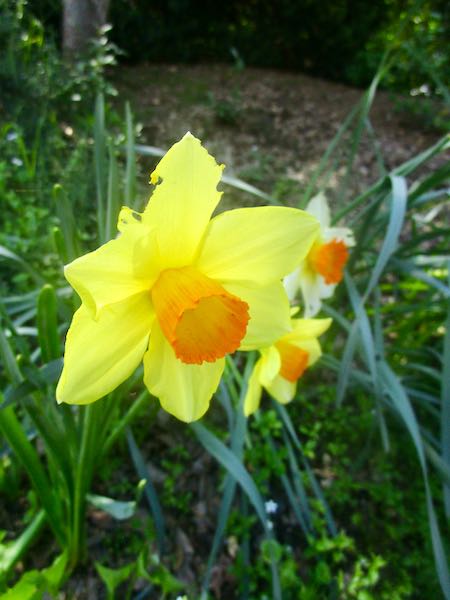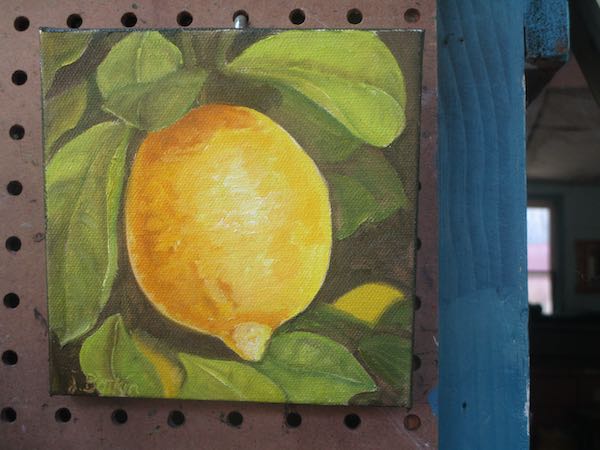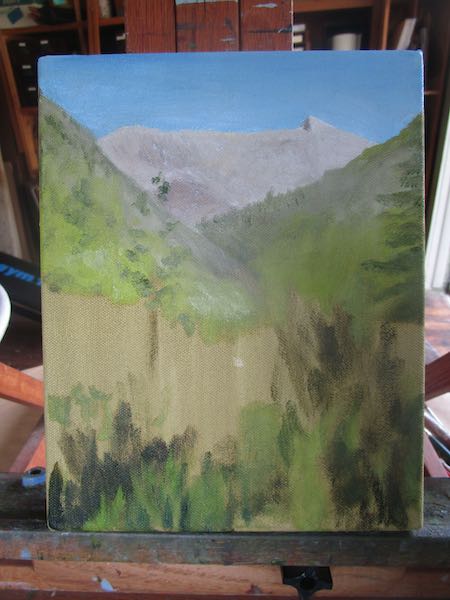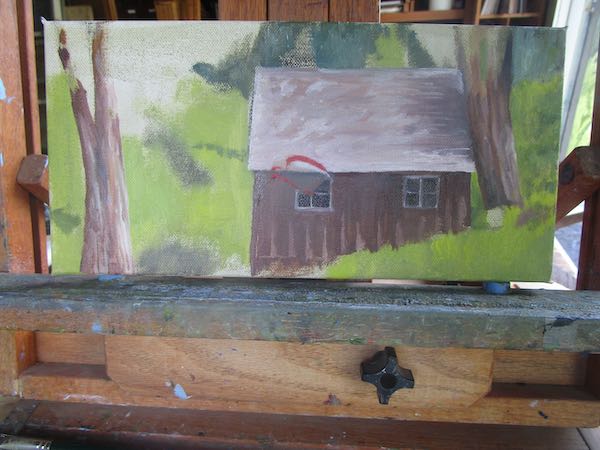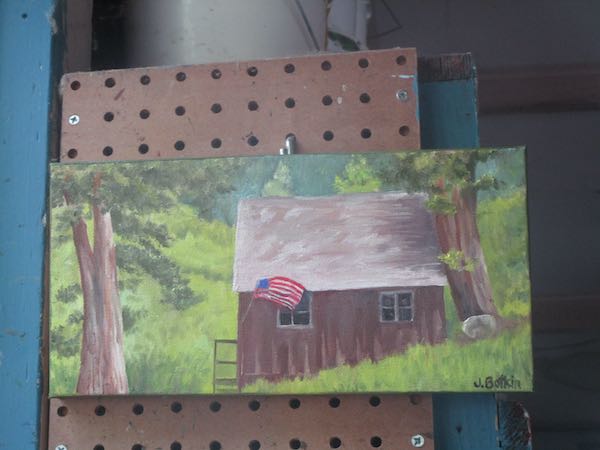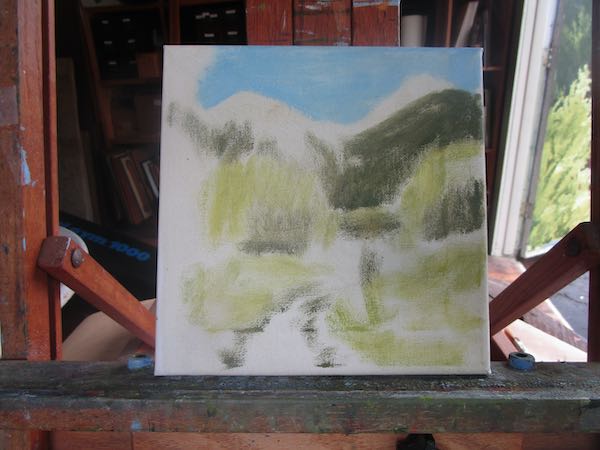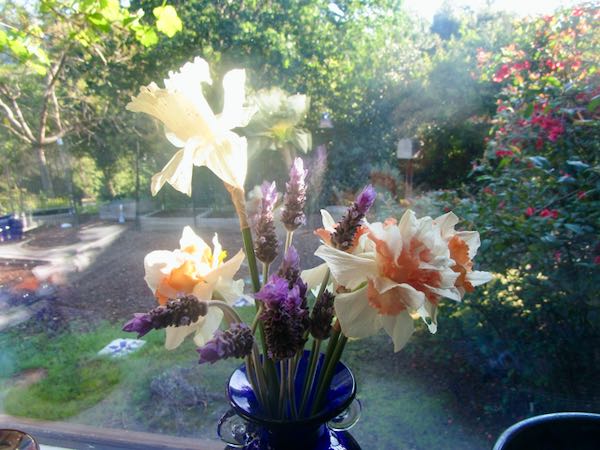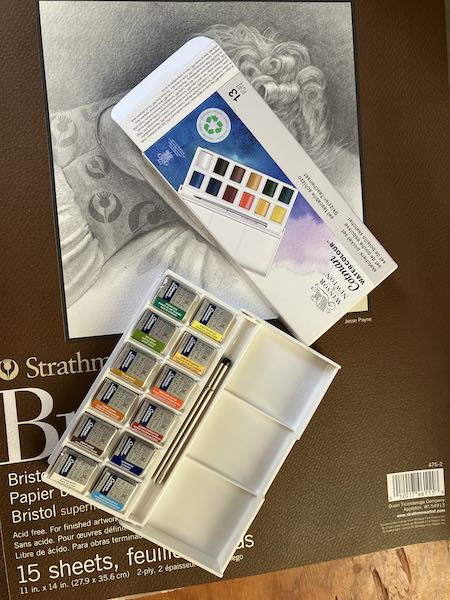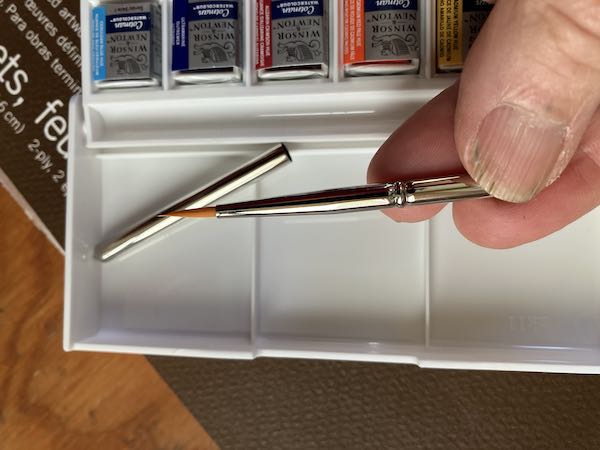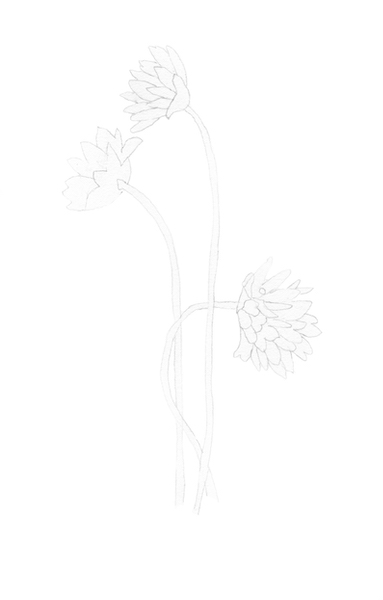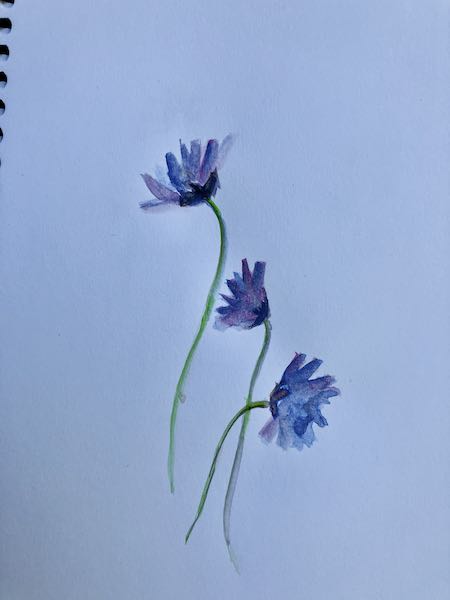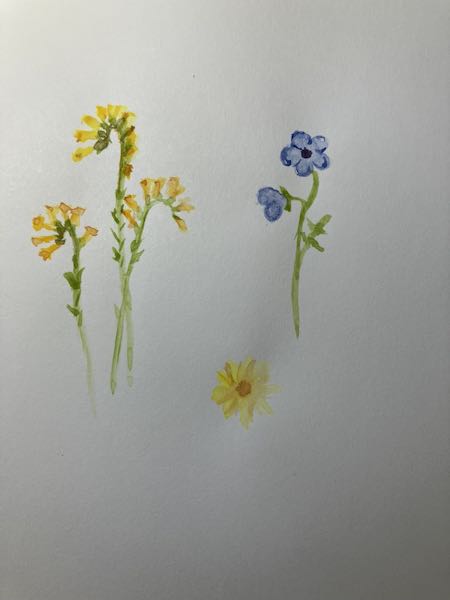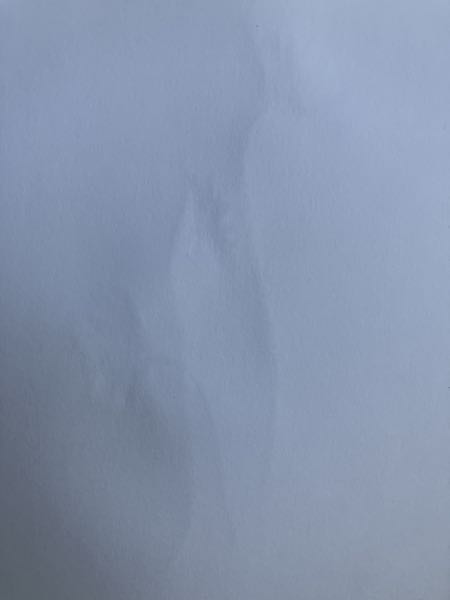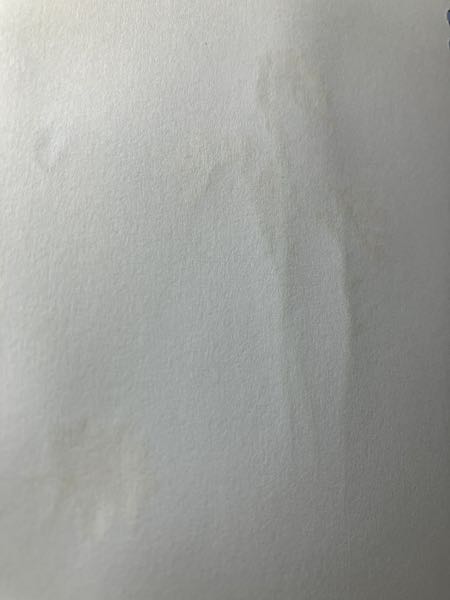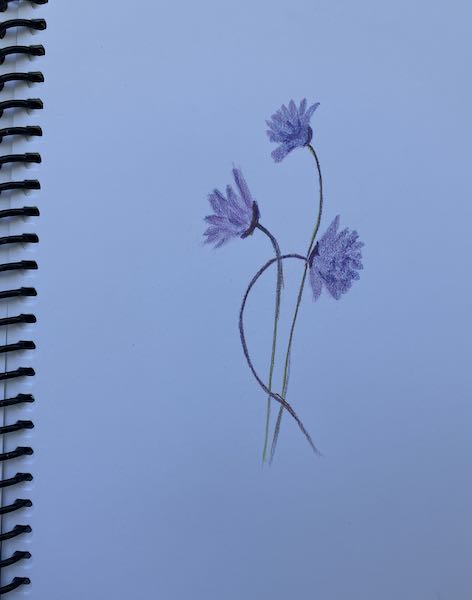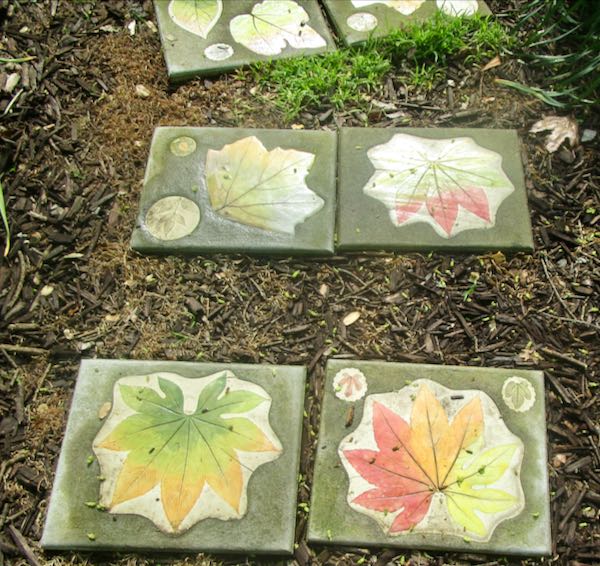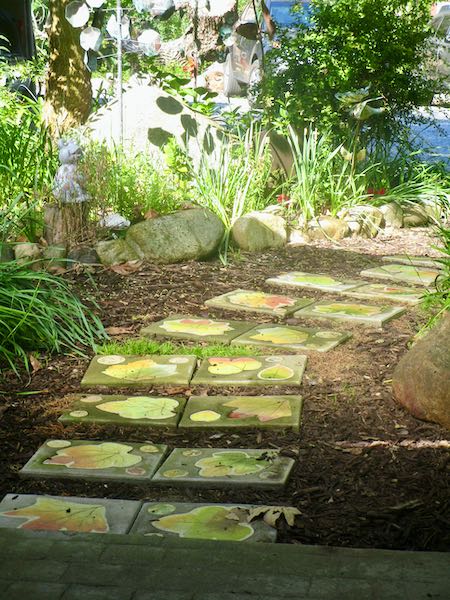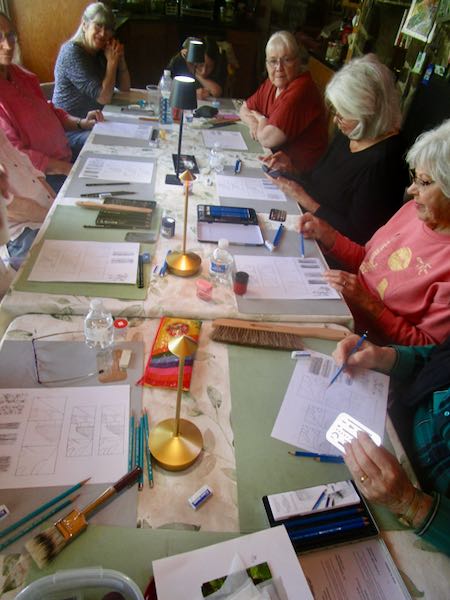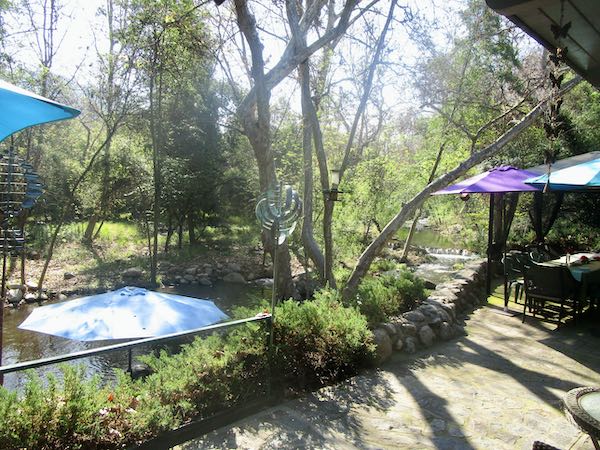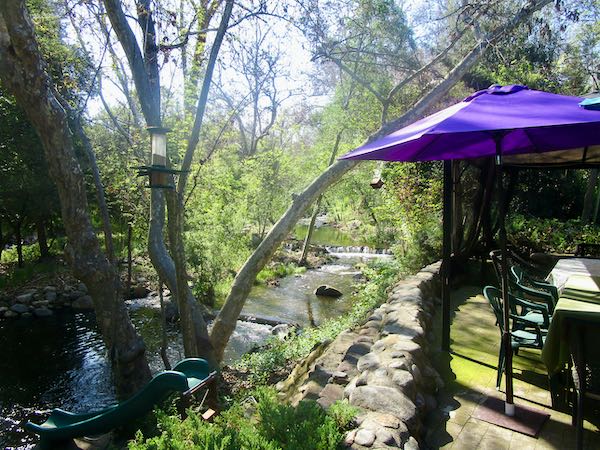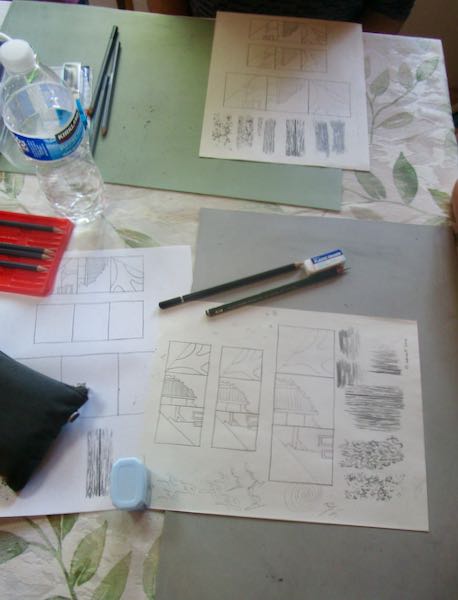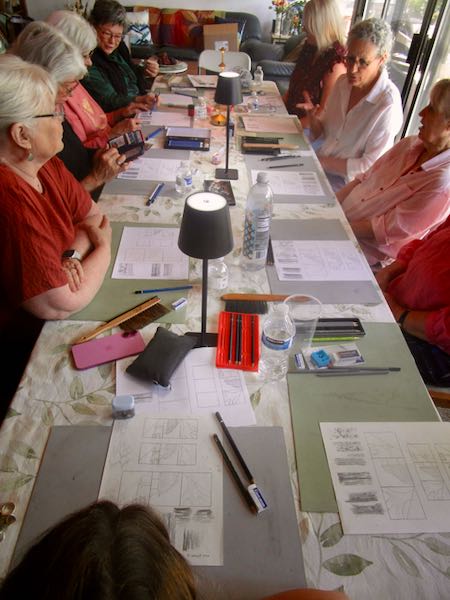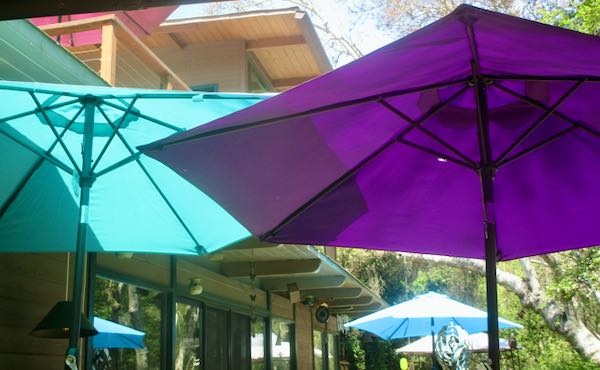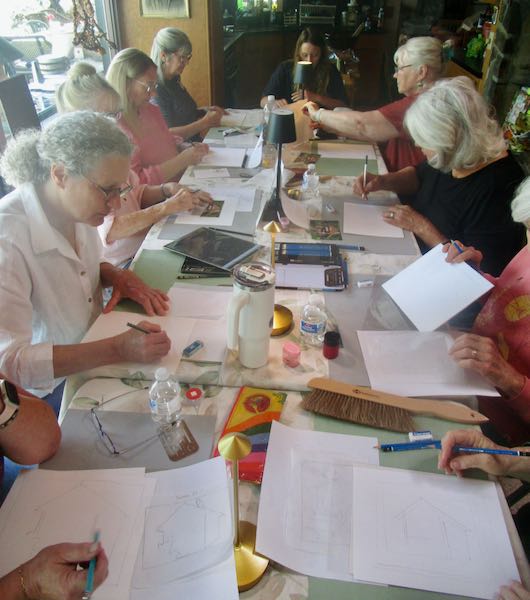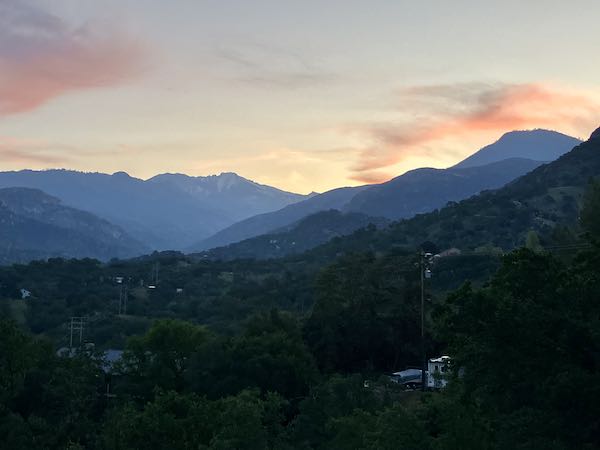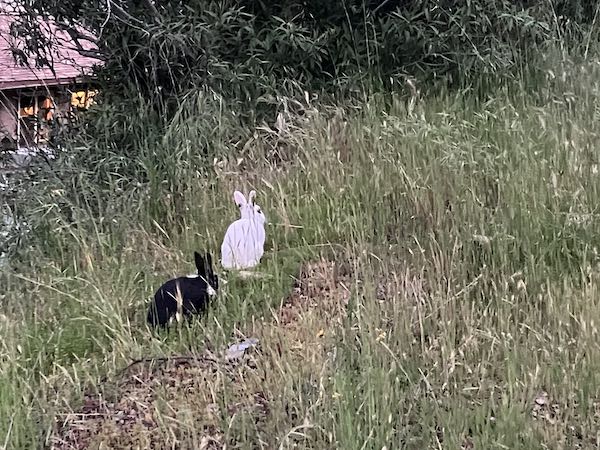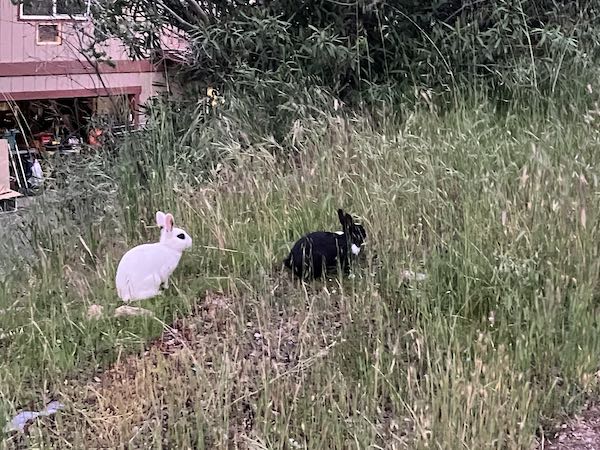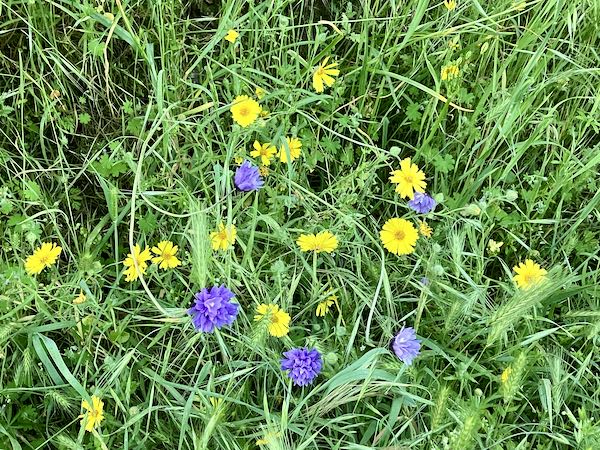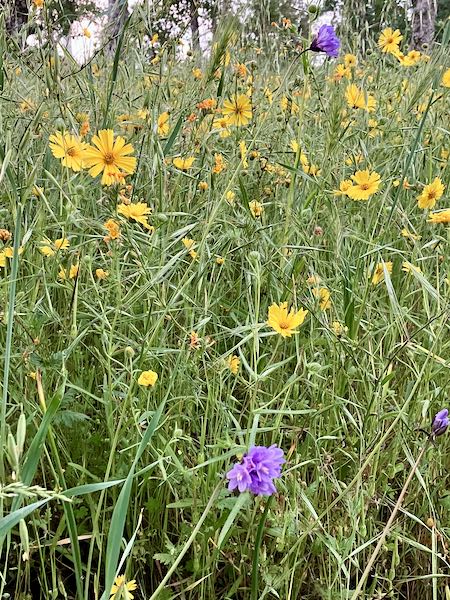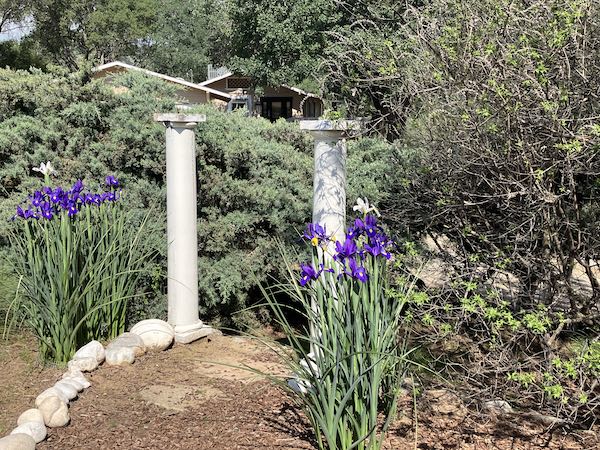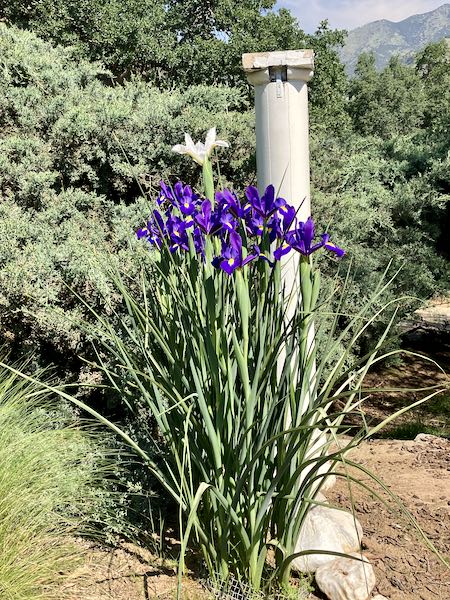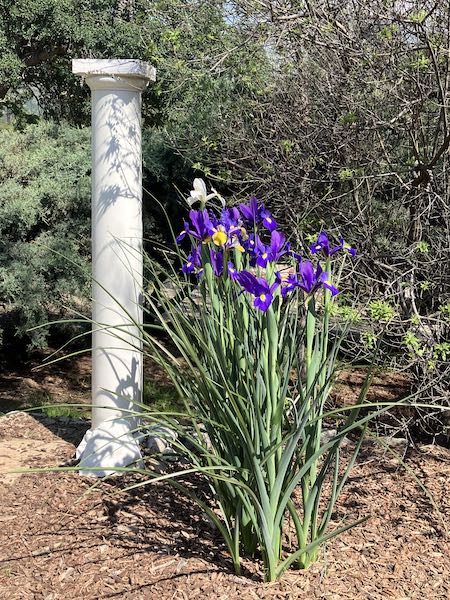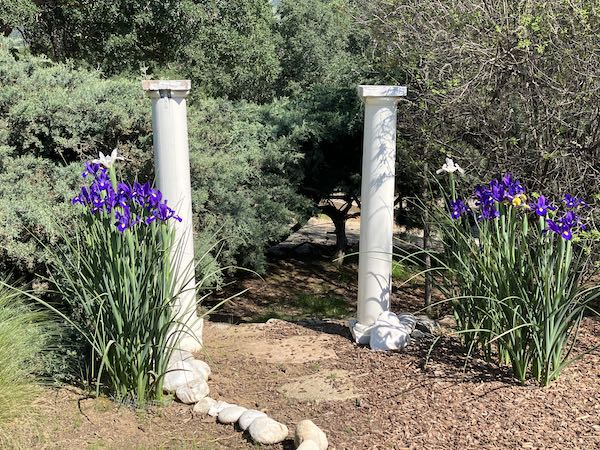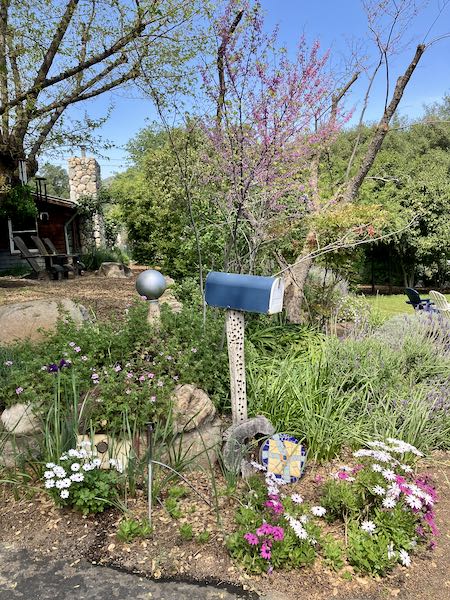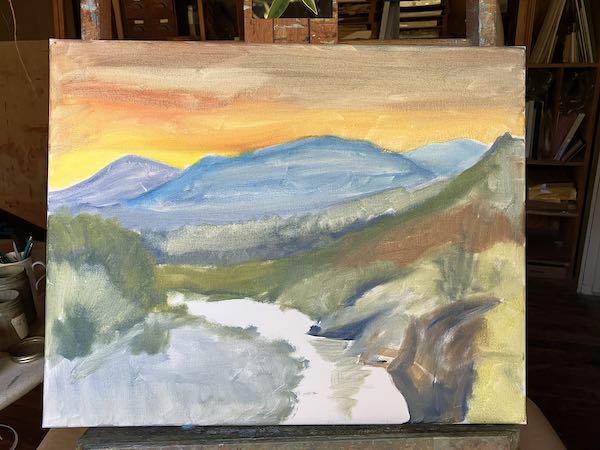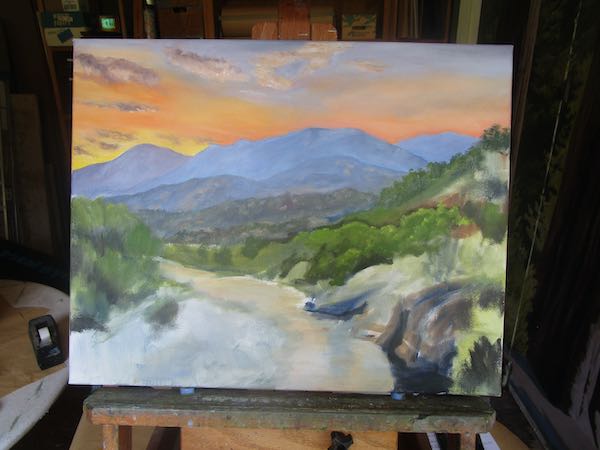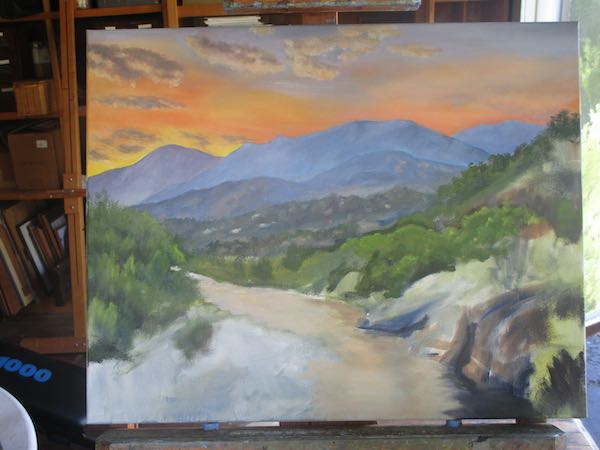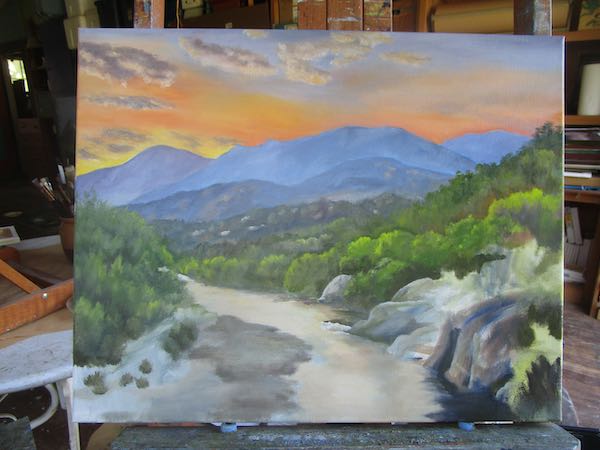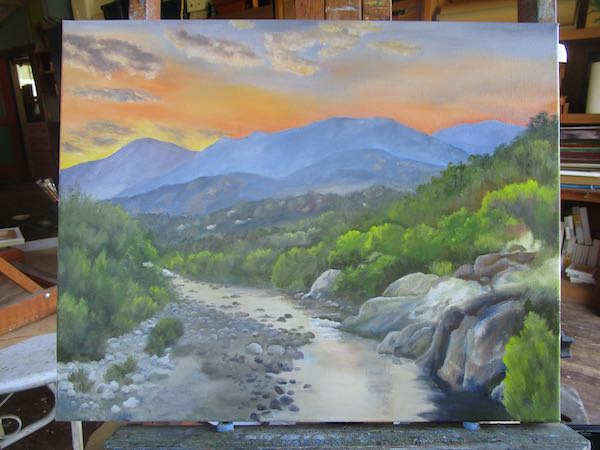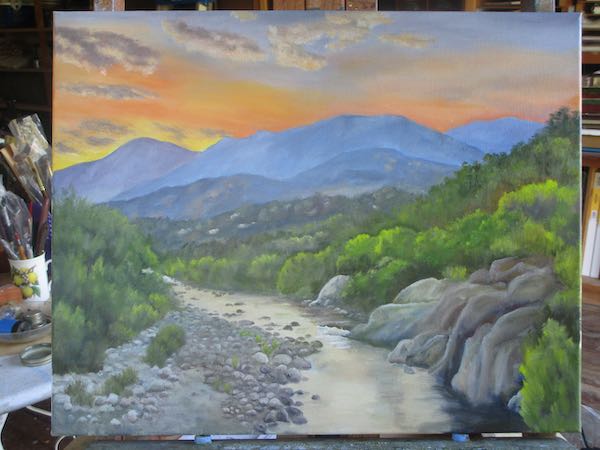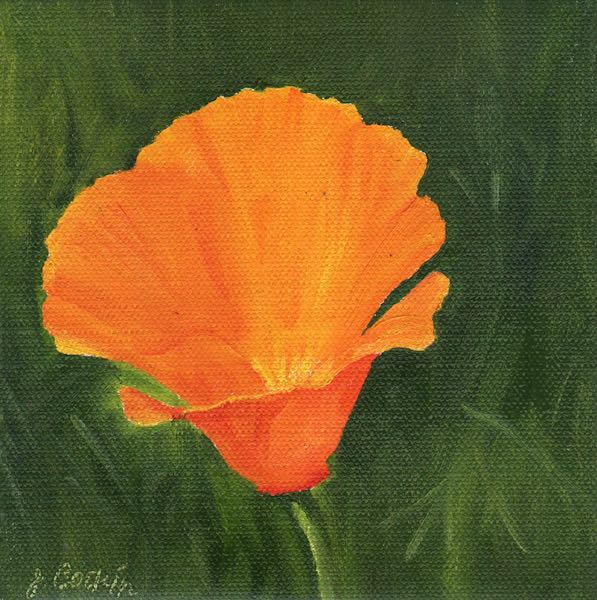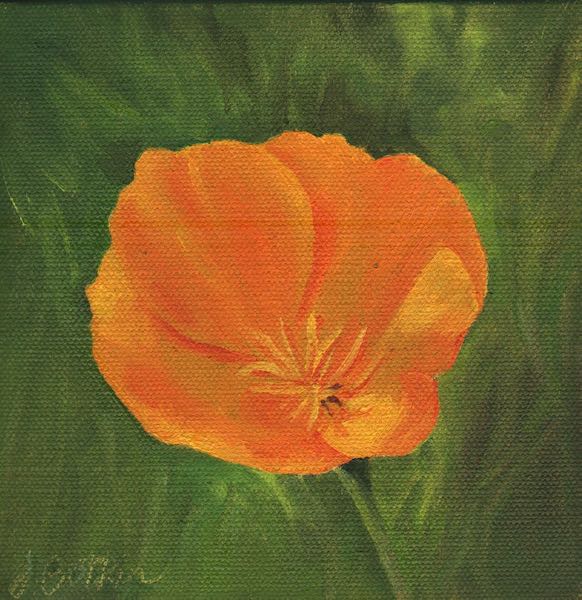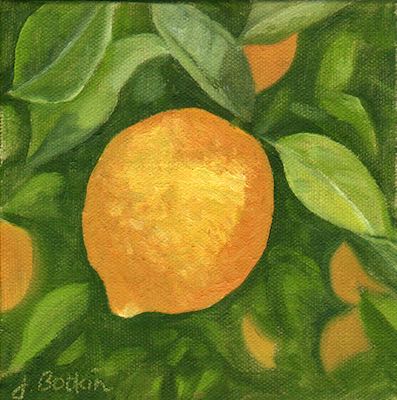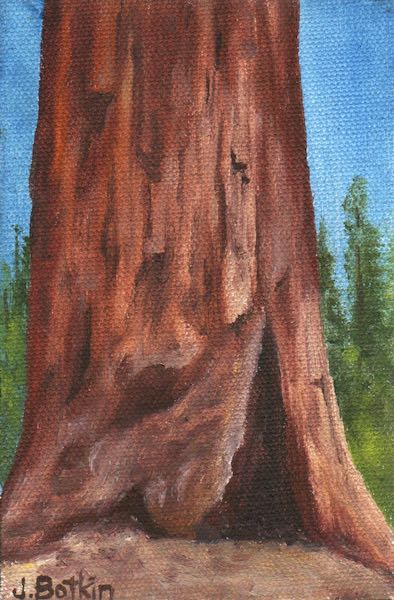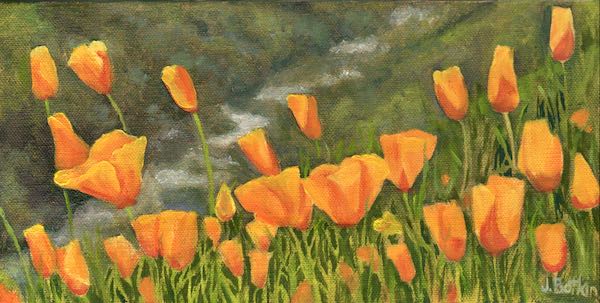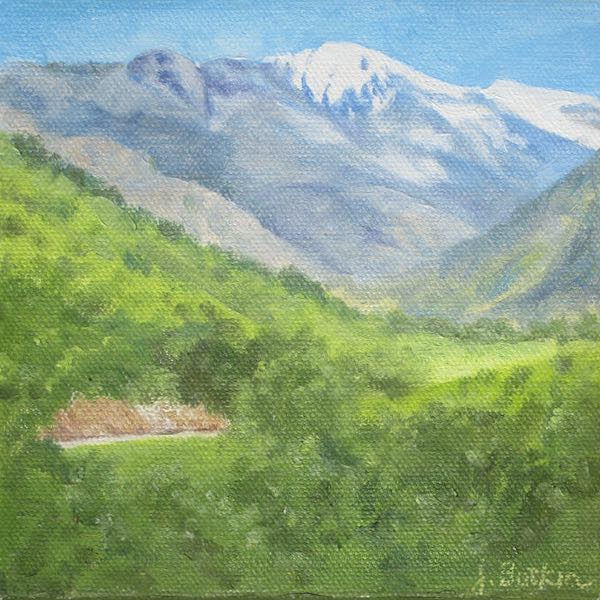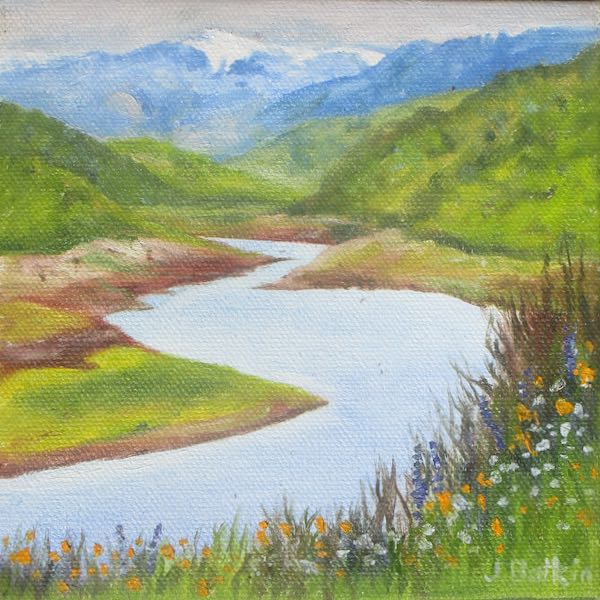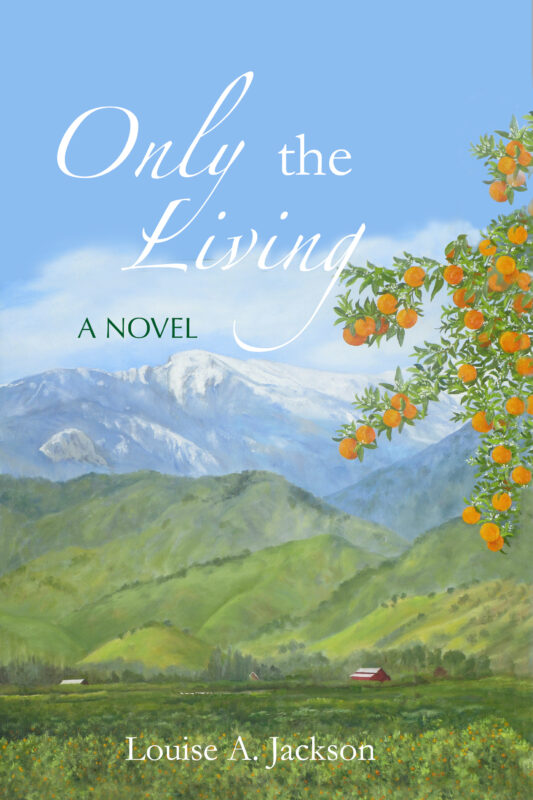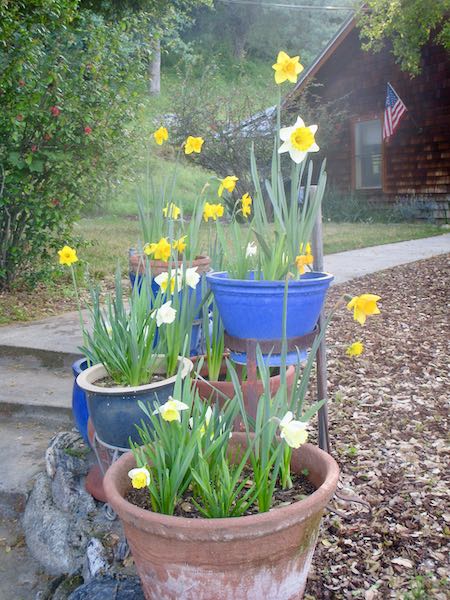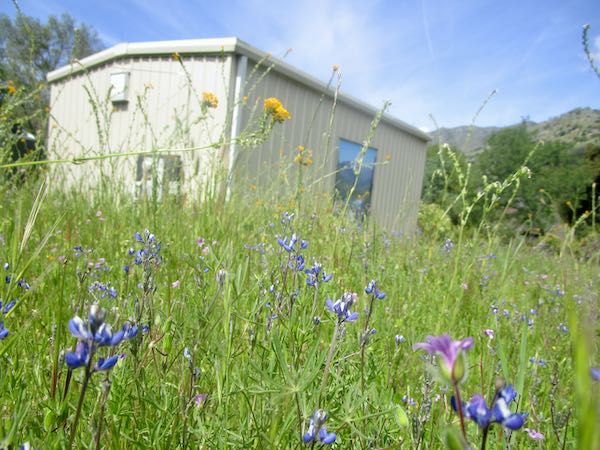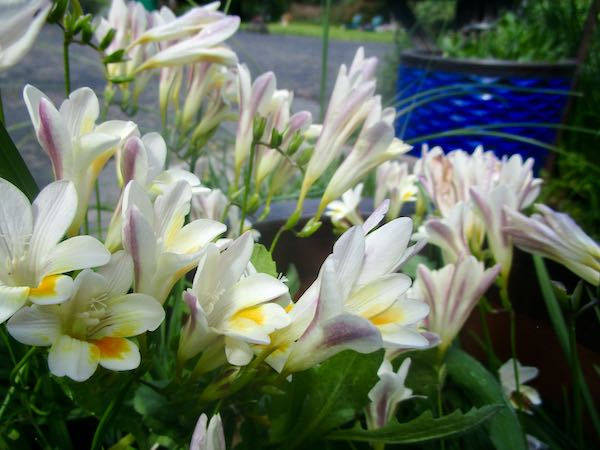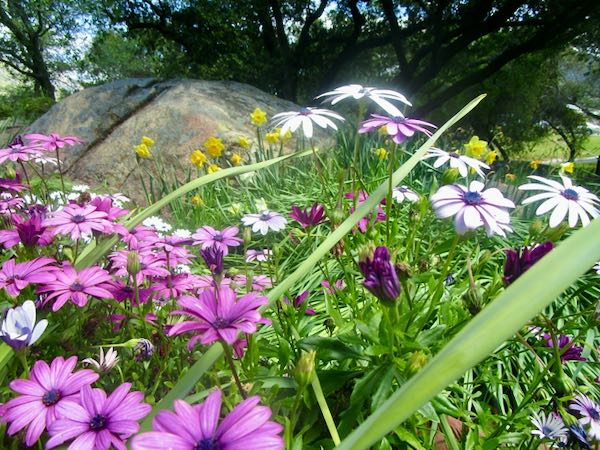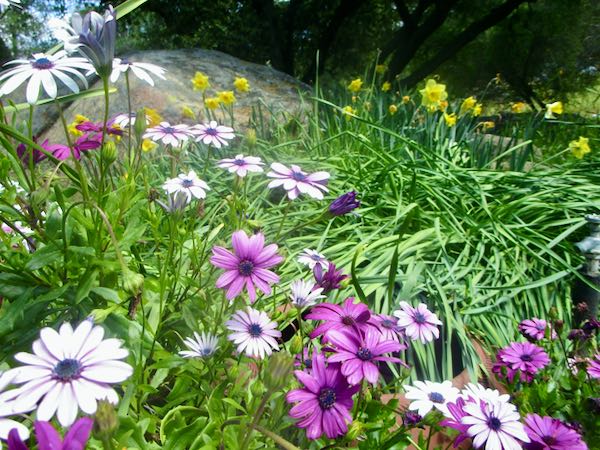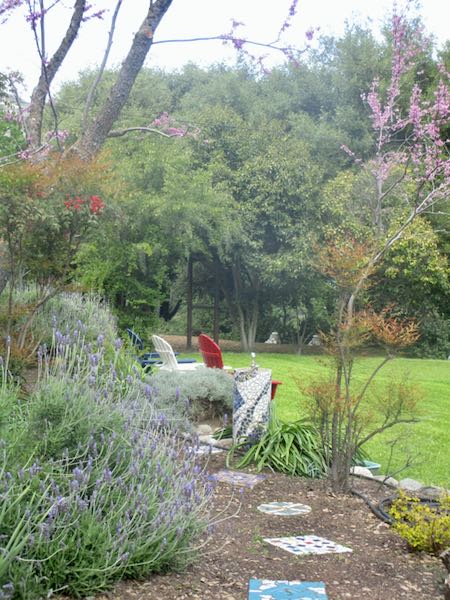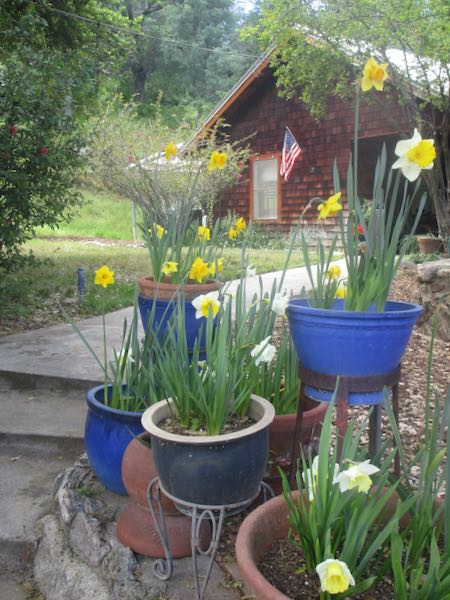This post is lots of jibber-jabber before the photos, but without the gab, you might wonder why these photos are here.
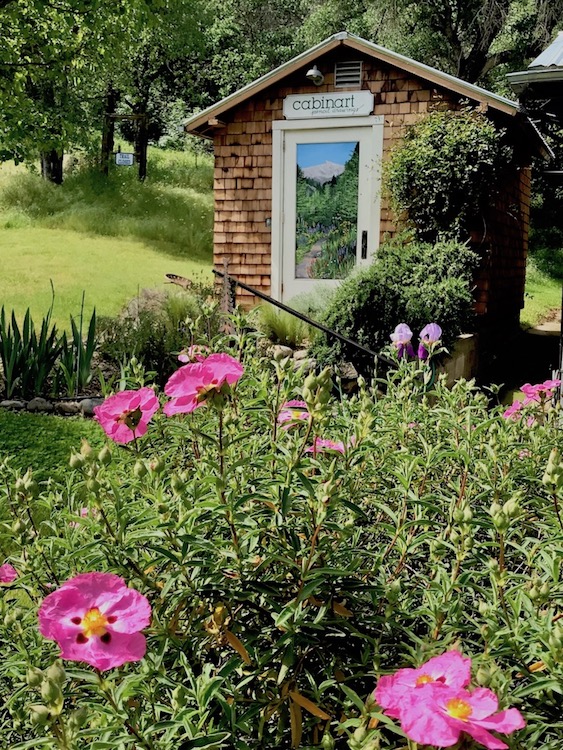
A longtime (not going to say “old”) friend expressed an interest in a couple of my paintings. I brought them to her so she could see how they looked on a recently refurbished wall in her home.
After thinking it over, she asked if she could bring them back to me and see more. Of course I said yes, because A. I really enjoy her company and B. it was business.
I asked her to send me photos of the wall, and/or measurements. She did, but I do my best to not mess with people’s privacy here on the world wide web.
Before I even knew she was coming, I spent a morning vacuuming the studio. I might even have dusted a little. When I learned she was coming, I pulled most of the pencil drawings off the wall and replaced them with any painting that she might be interested in.
We spent about an hour discussing, rearranging, even designing a new painting. I drew the wall from her photos and we tried different shapes and sizes to see what arrangement was the most pleasing. This was a big decision, or perhaps several big decisions, and these things take time. It really is part of the business of art, and at the same time, it was part of friendship. If she had asked, I would have helped her figure this out even if it wasn’t my art.
The vertical shape on the left in each sketch represented the painting that she was sure about. We experimented with a square one, and with a couple of sizes and shapes of others. When she asked for my opinion, I honestly said that I was clearly not objective and am accustomed to seeing all my paintings together so I can’t tell if two paintings are better than two others when side by side in terms of subject matter.
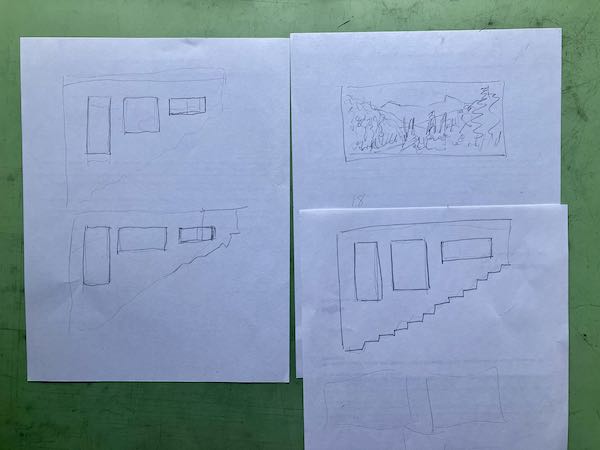
She chose three paintings, we put them in her car, and I reassured her that if she wants help hanging them, wants to trade them for one of the others, or even wants me to paint something new, I am willing. (Another excuse to hang out? Maybe.)
I filled in the gaps, rearranged the paintings and drawings, and was so pleased with my studio that I took a couple of photos.
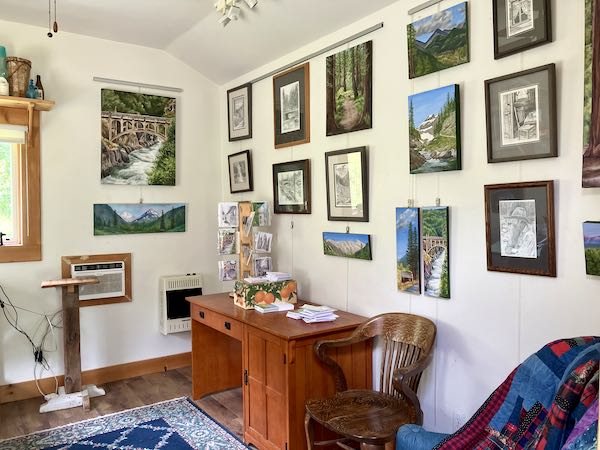
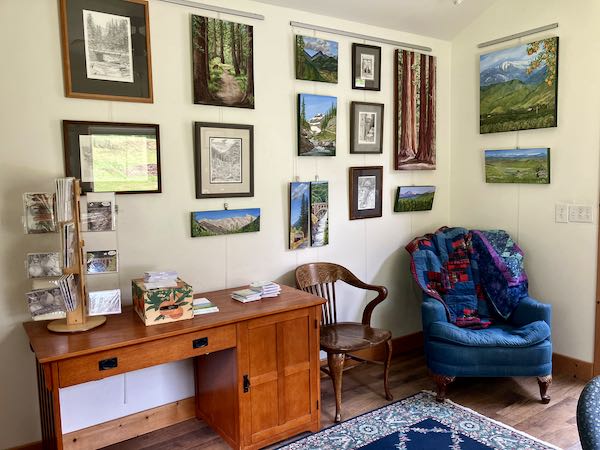
Here are the three paintings that she chose:
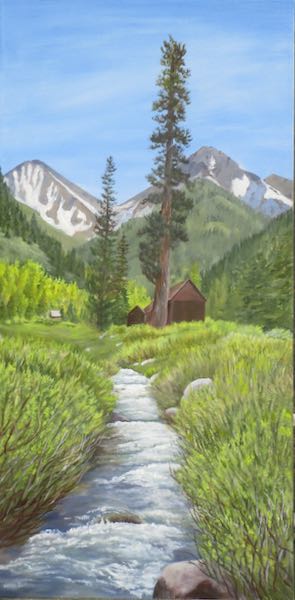
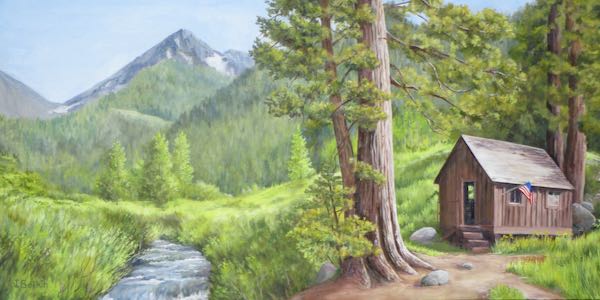
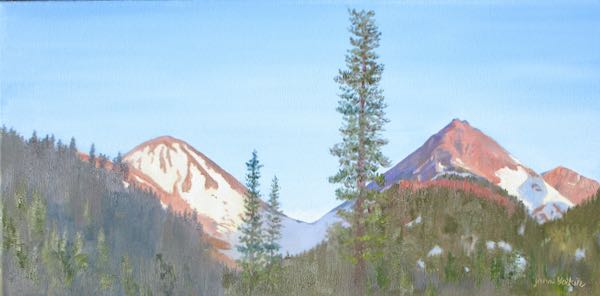
*Because if your friends won’t do business with you, who will??
P.S. There are 2 fabulous quilts on the chair in my studio that this friend made. I didn’t put them out because she was coming; they are always there, except when I take one to the cabin with me each summer.
